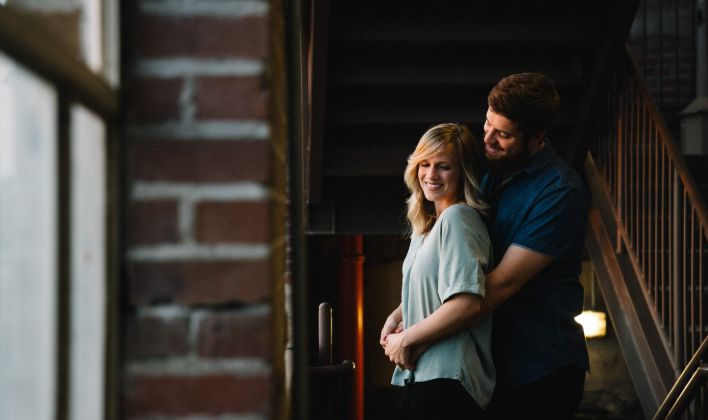As we have already discussed in other blog posts, the attachment styles that we establish with our partners are intrinsically linked to the relationships we had with our main caregivers when we were young. Today, we will learn more about the insecure or insecure-ambivalent attachment style in relationships.
Many psychologists regard the insecure-ambivalent attachment style as a risk factor when it comes to developing emotional dependence problems within a relationship. However, certain levels of healthy dependence are necessary in relationships to foster mutual emotional regulation. From practically birth, our brain is programmed to “depend” emotionally on accessible attachment figures, and if our partners appear to be healthy, our brains associate them with security and refuge so that we go to them when we need help.
In this case, the fundamental difference between adult- and child attachment relationships is that, in the latter, care must be unidirectional: adults are responsible for the child’s welfare and not the other way around. However, attachment in adult relationships is bidirectional; both individuals have a share of responsibility in caring for the joint project (their relationship).
Remember that the ambivalent attachment style is generated when the child can not consistently predict the physical and emotional availability of their attachment figures. Consequently, these children experience insecurity and anxiety because they do not know when they can connect emotionally with their caregivers, who might or might not be accessible depending on the circumstances of life in which they are immersed. Broadly speaking, this confusion and lack of stability during childhood will carry over into adulthood, and more specifically into relationships: people with this style show high levels of concern coupled with a strong need for affection and reinforcement from their partners.
What attachment style do my partner and I have?
- People with an insecure-ambivalent attachment style often crave intimacy but fear that their partners do not share this same desire. Remember that these people could not guarantee and predict the presence of their caregivers when they were young. Possibly that same insecurity is what they feel when they think that their partners may stop being interested in them or start to be “unavailable.”
- Therefore, they usually demand a high level of intimacy in the relationship and quite often need to be reminded explicitly that they are important to their partners. They may even use tactics to attract their partner’s attention or interest. An example could be to implement strategies to provoke “jealousy” in your partner as a way to feel validated within the relationship.
- They often have difficulties explaining what they feel and usually wait for their partner to guess what is happening to them.
- They tend to worry about the future of the relationship and often perceive that any small oversight can put them in danger. Therefore, they feel like they need to work really hard to maintain their partner’s interest.
- They tend to be very attentive to the behaviors and emotional states of their partners and take their reactions personally. Frequently, many children whose attachment figures are not available on a regular basis tend to think that it is because of something bad they did, as though it is their fault. Once again, this style of thinking can be repeated in their relationships later in life.
- People with a worried-insecure attachment style tend to rush when it comes to choosing a partner or fall in love easily because of their need to be with someone and to calm the “emptiness” they feel when they are single.
Those who identify with this insecure attachment style do not have a degree of security or personal autonomy, so they need constant attention and recognition from others. If one member of the relationship has an insecure-ambivalent attachment style and the other has an insecure-avoidant one, there might be higher rates of suffering because they both perceive relationship structures and emotional distances in very different ways. People with a more avoidant style will tend to prefer emotional distance and don’t usually like commitment. People with a more anxious style will have more insecurities regarding the relationship and will tend to ask for more emotional connection. In turn, this demand will provoke in the person with avoidant style more insecurity and the feeling of being invaded and, consequently, will increase the fear of abandonment of the person with an anxious style.
In your opinion, what is the optimal emotional distance between you and your partner? Do you think that an insecure-avoidant attachment style predominates in your relationship, or do you identify more with an insecure-ambivalent attachment style?









